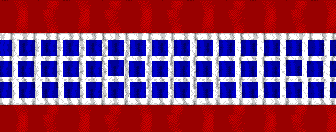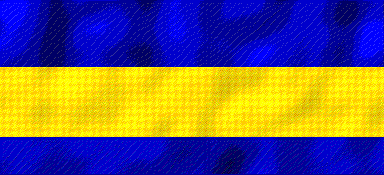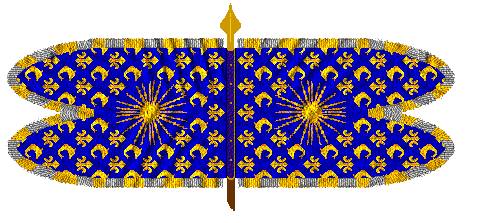
|
|
|
Origin and history This regiment was raised in September 1673 by the marquis of Sauveboeuf. After his death at the combat of Consaarbruck, in August 1675 the regiment was given by King Louis XIV to Monseigneur Louis, Dauphin of France. During the seven years war it mestre de camp-lieutenant were: Charles François, count of Canisy of Hervilly, which possessed this office since 1748, he sold it to Alexandre of Cadrieu count of Lostange of Saint Aleuvre on 27 March 1761, this last kept it until 1770. Service during the seven years war From 1756 to 1760 the regiment ensured the safety of the Guyenne coasts. It was only in 1761 that it joined the army of Germany. Distinguished at the battle of Hohenkirchen. Distinctive of uniforms and saddle cloth
1750 ordonnance: blue coat, cuffs, lining and waistcoat. Blue housing and holster-caps edged by a white wool braid with three row of blue squares. The epaulet and the sabre-strap in mixed blue and white silk. Blue fatigue cap and turn-up laced with a similar braid as housing. 1757 ordonnance (Etat Militaire 1759-1760): blue coat, cuffs, lining and waistcoat . White buttons and buttonholes in 2. 
Galon de l'équipage
Drummers and oboes Drummers and oboes wore the Dauphin's livery: blue ground colour, laced with a golden (aurore) braid.  Flags colours  Blue flags with on each side gold sun in splendor with the Royal motto on a scroll with red background, blue lining and the silver words "NEC PLURIBUS IMPAR" , each side sown with fleur-de-lis and dolphins by alternate rows, the whole embroidered in gold. Gold and silver fringes by alternate remnants in a proportion of 2 and 1 .
|
|||
|
|
|||